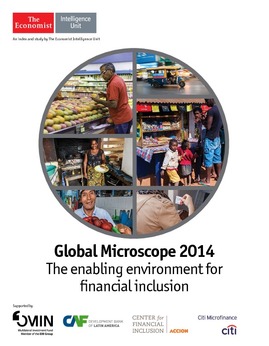RED 2018: Institutions for productivity: towards a better business environment
Resumen
In the last decades, many countries in Latin America have experienced a shift in policies towards the pursuit of common objectives that can be deemed social pacts, understood as broad political consensus. In the 1990s, we have witnessed the beneficial results of the pact for macroeconomic stability and trade integration; and in the early years of the new century, taking advantage of the surpluses from the global commodity expansion cycle, we observed a pact for inclusion.
The starting point for improving productivity is to have a clear diagnosis. In this regard, this report provides evidence suggesting that Latin America's productivity gap is mainly due to a very low productivity level across all sectors of its economies, rather than to a concentration of resources in particularly low productivity sectors. In turn, this generalized low productivity is due to institutional factors that shape policies and regulations affecting firms' productive environment across the whole economy, beyond the sector in which they operate. This report focuses on four key realms of this environment: competition, access to inputs and cooperation among firms, employment,
and financing.
The report provides evidence of competition problems in the region and how these problems compromise productivity. In order to tackle them, it is essential to increase the capacities of antitrust agencies, reduce entry barriers to firms, and deepen international trade and regional integration, which are still limited by non-tariff and logistical barriers.
En otros idiomas
Materia
País / Región
Fecha
2019-03-22Citar de esta publicación
Item perteneciente a la Colección
Items Relacionados
RED 2016. More Skills for Work and Life: The contributions of Families, Schools, Jobs, and the Social Environment
Skills are the mainstay of human capital. They are the capabilities that a person has to effectively solve different problems. Skills include not only ...
Just Energy Transition / Projection Assumptions
The project’s general objective is to develop a methodological approach to define the concept of a just energy transition (JET) in a national context, ...
Global Microscope 2014.The enabling environment for financial inclusion
This publication assesses the regulatory environment for financial inclusion across 12 indicators and 55 countries. This year's Microscope has a new ...




